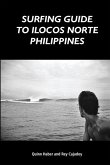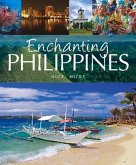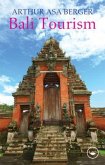The beautiful island of Boracay is located in the Western Visayas region, right in the middle of the Philippines. Part of the province of Aklan, this picture-perfect paradise is located about 315 kilometers south of Manila, the capital of the nation. Encircled by the Sibuyan Sea to the east and the Sulu Sea to the west, the island enjoys a prime location that bestows upon it calm, pristine seas, rendering it a sanctuary for both beachgoers and devotees of water sports. The Ati people, an indigenous clan who were the island's first residents, left behind the earliest signs of human habitation amid the lush, unspoiled surroundings of what is now known as Boracay Island. The Ati people flourished in the harmonious embrace of nature that adorned Boracay long before the colonial era's first rays of dawn and before the first rumblings of modernization reached the Philippines' coasts. The island was once a sanctuary of the unadulterated, raw beauty of nature, its immaculate white sands whispering secrets to the waters and its verdant forests resonating with the sounds of many species. The Ati people, who were little and had dark complexion, had a close relationship with the land that had been developed over many centuries of mutually beneficial coexistence. Their way of life was deeply entwined with the cycles of the natural world, honoring the moon's phases and the earth's abundance. The sound of the waves breaking on the shore and the soft swaying of the bamboo leaves defined their days instead of the ticking of clocks. Theirs was a community-oriented civilization, and it was deeply engrained in their ethos to live in peace with the natural world and one another.
Hinweis: Dieser Artikel kann nur an eine deutsche Lieferadresse ausgeliefert werden.
Hinweis: Dieser Artikel kann nur an eine deutsche Lieferadresse ausgeliefert werden.








